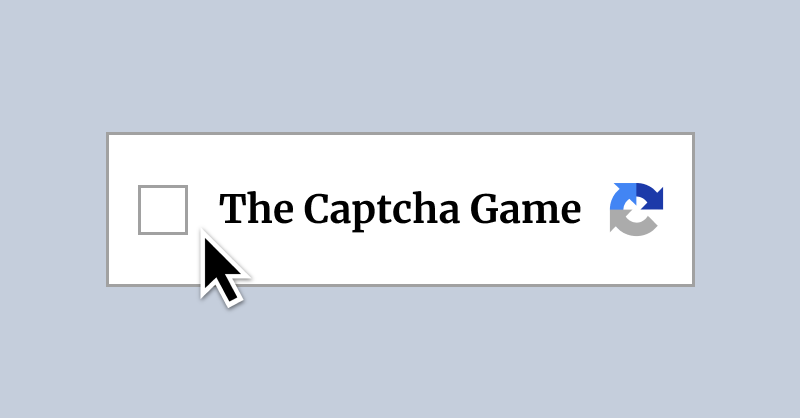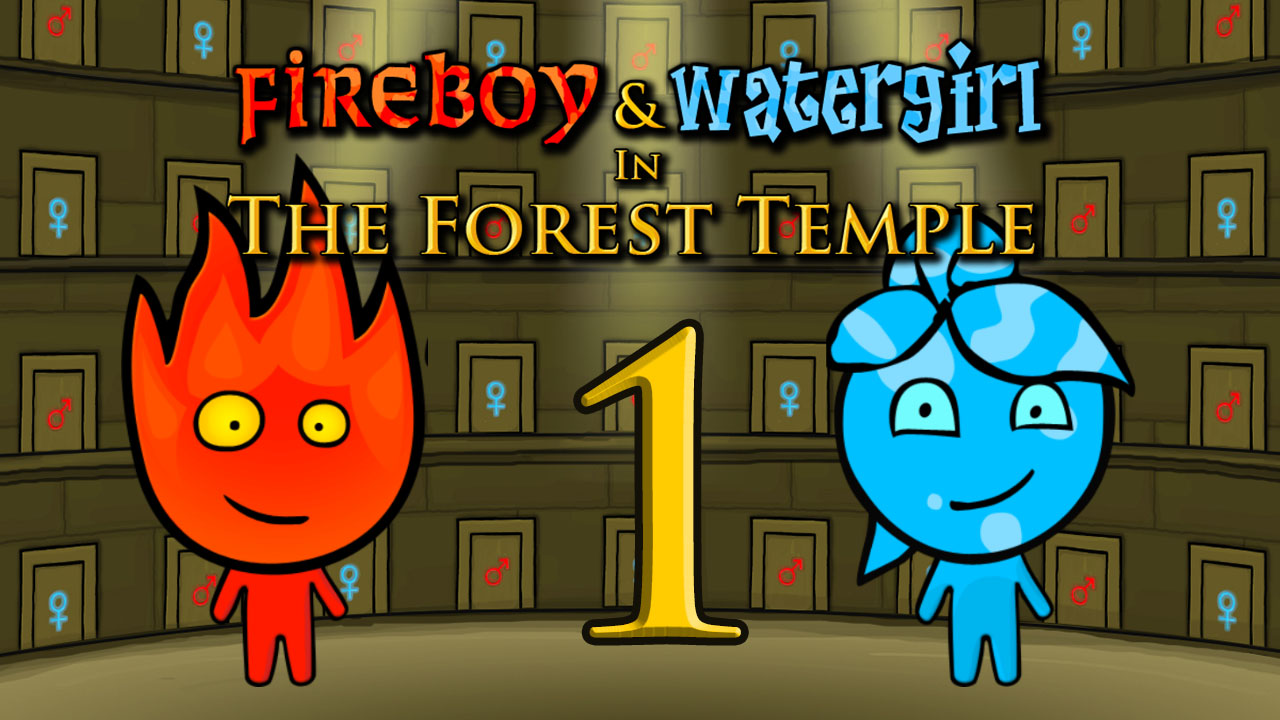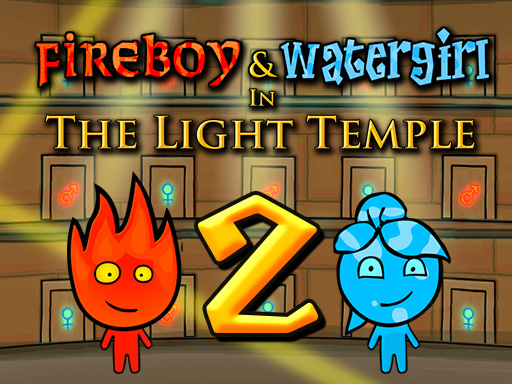Run farther, react faster, and set a new high score
Keep exploring
Keep your Bloxd io momentum going with more parkour trainers, builder sandboxes, and PvP standouts.

The Captcha Game

Slope Rider

Sort the Court!

Clasherdle

Fireboy and Watergirl: Crystal Temple

Underwheels

Fireboy and Watergirl: Forest Temple

Fireboy and Watergirl: Light Temple

Hotline Miami

Hollow Knight
Keep your T-Rex sprinting without end
Why this minimalist runner still hooks players
Dino Game distills the endless-runner formula into pure reaction time and rhythm. There are no power-ups, cosmetics, or complicated meters—just a tiny T-Rex, a scrolling desert, and hazards that demand clean inputs. Tap to leap over prickly cacti, stay low to avoid swooping birds, and find a steady cadence as the pace creeps higher. Because restarts are instantaneous, one short run becomes a string of attempts where you learn a little more every time. That loop is the magic of the Dino Game: simple rules, infinite mastery.
How the challenge ramps up
Early seconds teach the basics: jump at the cactus edge, land smoothly, and prepare for the next obstacle. Then the acceleration kicks in. Speed increases in small steps, shrinking your decision window and punishing late presses. Birds enter on staggered heights, forcing you to read their altitude and choose jump or duck accordingly. A gentle day-night cycle also rolls across the sky, altering the brightness of the scene and subtly testing your focus. In the Dino Game, those changes feel natural, but they nudge you out of autopilot right when you’re getting comfortable.
Responsive controls and readable cues
Great input feel is the backbone of the Dino Game. A quick tap launches a crisp arc that clears single cacti, while a slightly longer press buys you height for stacked obstacles. The down arrow, when supported, offers a fast duck and a way to end airtime early, letting you reset for back-to-back hazards. Audio chirps and footstep beats reinforce timing without cluttering the screen. Because the interface is uncluttered, your eyes stay glued to the ground ahead—exactly where they should be in a high-speed runner.
Techniques that separate beginners from diehards
1) Learn the jump curve
The T-Rex follows a predictable arc. Practice tapping at the last safe pixel for single obstacles and holding slightly longer for double stacks. The difference is tiny but meaningful at higher speeds. Many high scores in the Dino Game are won by the discipline to use the smallest jump that clears the threat.
2) Manage landing lag
Every moment in the air limits your options for the next hazard. If you clear a cactus and see a bird queued up, shorten your airtime by ending the jump early. In the Dino Game, air control is less about style and more about positioning yourself to make the next micro-decision comfortably.
3) Read bird altitude fast
Birds approach at low, mid, or high tracks. Train your eyes to identify the height the instant they appear. Duck for mid lines, jump for low lines, and ignore high flyers that safely pass overhead. The Dino Game rewards this immediate classification; hesitation is often what ends a promising run.
4) Find a breathing cadence
At speed, your brain benefits from rhythm. Some players sync jumps to the dino’s footsteps; others breathe out on every leap. That ritual helps you avoid panic presses. The calmer you stay, the more the Dino Game feels like a dance rather than a sprint.
Score chasing, mindset, and micro-goals
Raw distance is the score, but the real progress happens in your head. Set checkpoints—500, 1000, 1500—and treat them as sessions rather than single attempts. If a milestone keeps breaking your flow, deliberately run a few rounds where you only practice low jumps or fast ducks. That targeted training pays off quickly in the Dino Game, because the skill ceiling is built from tiny refinements. When you finally glide past the wall that stopped you, you’ll notice how much smoother the entire run feels.
Recovering after a near-miss
Nothing ruins a streak like panic after clipping a hazard. When you barely clear a cactus or scrape a wing, reset your focus immediately: center your attention on the next three tiles of ground and ignore everything else. In the Dino Game, your next input matters more than whatever almost happened. Train that reset and you’ll carry more good runs to late game pace.
Turning failures into data
Keep quick mental notes: “Jumped too early on double stack,” “Misread mid-bird as high,” or “Held jump too long before back-to-back cacti.” These bite-sized lessons sharpen your instincts without turning the Dino Game into homework. The goal is to nudge habits, not analyze every frame.
Accessibility and device tips
The Dino Game plays great on desktop keyboards, but touch screens work too. On mobile, treat taps like feather-light jumps and avoid long presses unless absolutely needed. If you prefer a gamepad, map jump to a face button and duck to a shoulder for fewer accidental presses. Adjust screen brightness so the day-night shifts don’t surprise your eyes. If you’re streaming or recording, hide distracting overlays so you can commit full attention to the lane ahead; the Dino Game punishes split focus.
Warm-up drills (60 seconds)
Before going for a record, run a minute of intentional practice: five low jumps in a row, three controlled long jumps, and five quick ducks. That sequence primes your timing and reduces the early deaths that eat patience. Even small rituals like this make the Dino Game feel more consistent.
Common questions, quick answers
Is there an end?
No. The Dino Game is an endurance test. The point is to keep improving your reaction quality as the desert accelerates. If you see the same obstacles again, that’s a sign your pattern recognition is working—not a loop to exploit.
What’s a good score?
It depends on practice time, but many players target four-digit thresholds first. Use milestones as motivation, not as pressure. The beauty of the Dino Game is that progress is obvious: you’ll feel calmer, jump cleaner, and hesitate less every session.
Why do I miss double cacti?
Usually because of over-jumping the first and landing too late to clear the second. Trim your airtime on the first leap so you can start the second on schedule. This single adjustment raises success rates dramatically in the Dino Game.
Mindset for long-term enjoyment
Think of each attempt as a tiny lab experiment. You’re testing how late you can press without risk, how short a jump still clears, and how quickly you can classify bird altitude. The Dino Game rewards curiosity. When the run ends, you haven’t failed; you’ve gathered timing data that will make the next sprint smoother. Because retries are instant, you stay in the flow—no menus, no wait times, just you and the desert track stretching farther every time.
Above all, celebrate small wins. A clean section through mixed birds, a perfectly spaced series of low jumps, or a calm recovery after a near collision are all signs that you’re leveling up. Keep those micro-victories in mind, and the Dino Game evolves from a quick distraction into a satisfying mastery challenge you can revisit anytime.
Ready to run?
If your fingers are itching, press start and commit to ten focused attempts. By the end, your jumps will be tighter, your ducks snappier, and your eyes calmer under speed. That’s the heart of the Dino Game: a minimalist canvas where precision turns into momentum, and momentum turns into your next personal best.
Run farther, react faster, and set a new high score is ready to play
Sprint, jump, and duck through a speeding desert as a tiny T-Rex. Master precise timing, chase high scores, and restart instantly in the classic Dino Game.
Share Run farther, react faster, and set a new high score
Spread the word, invite friends, or bookmark this page to revisit the story whenever you need it.